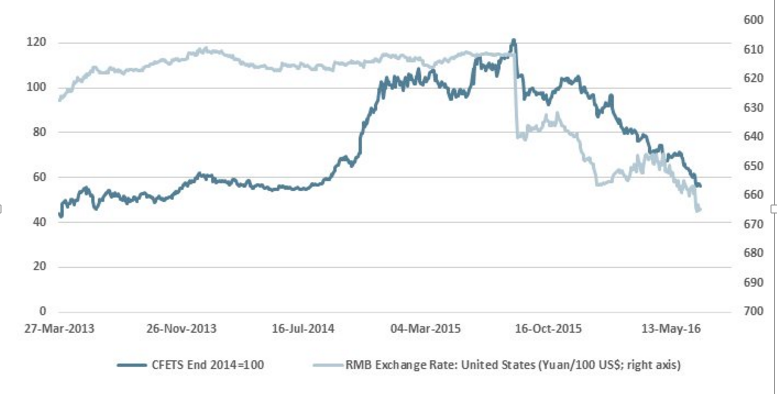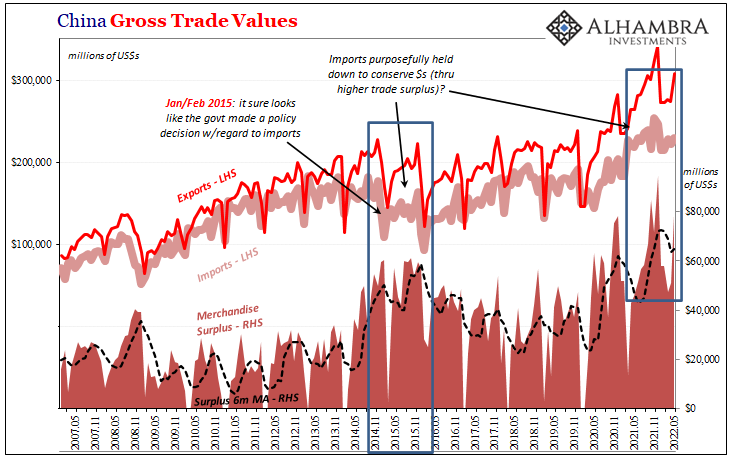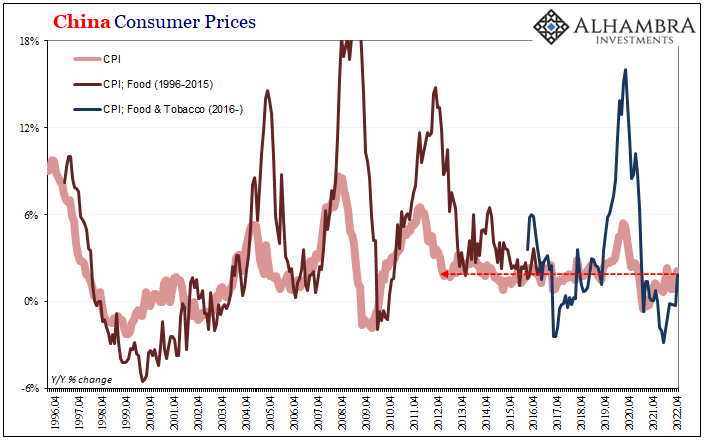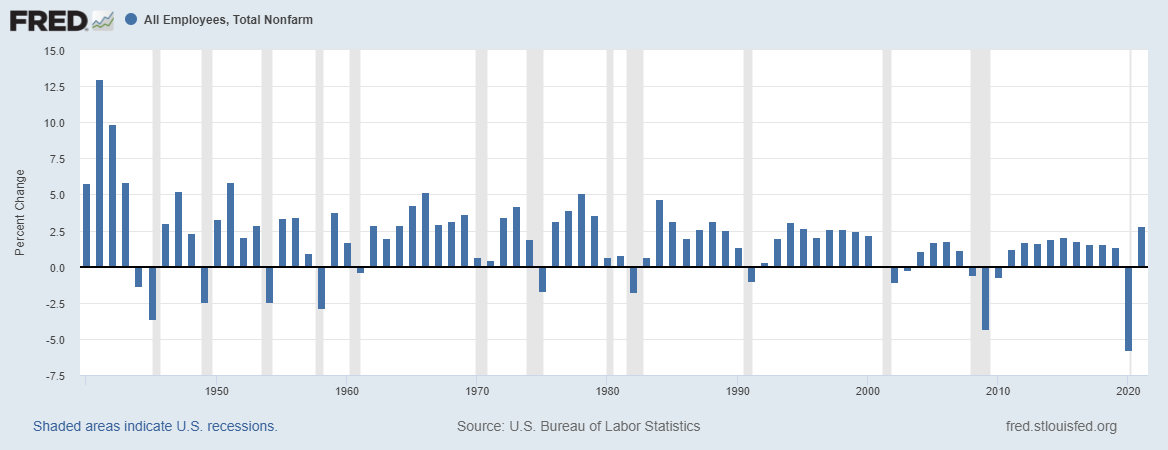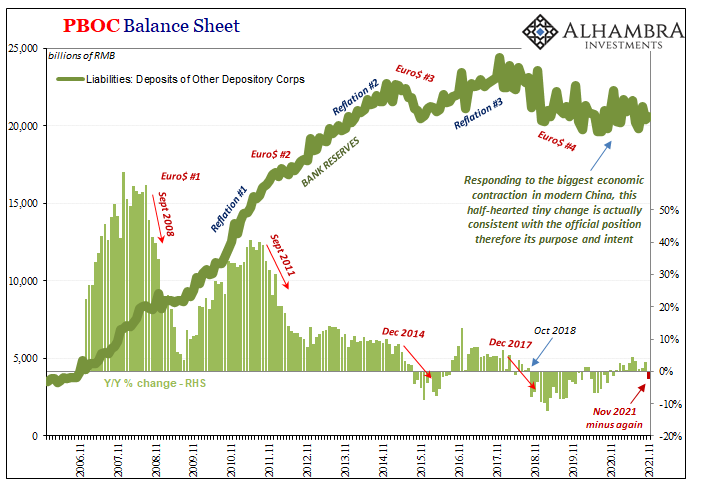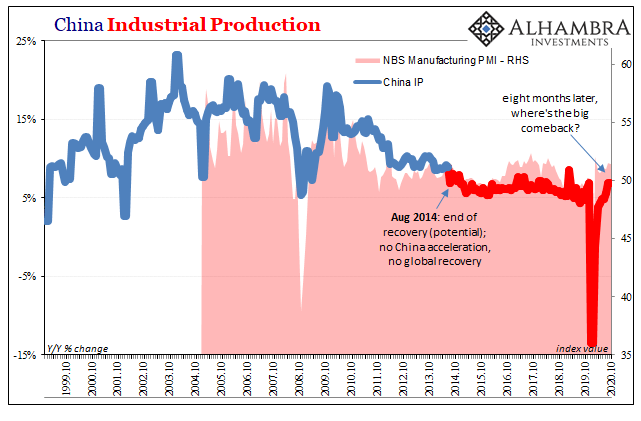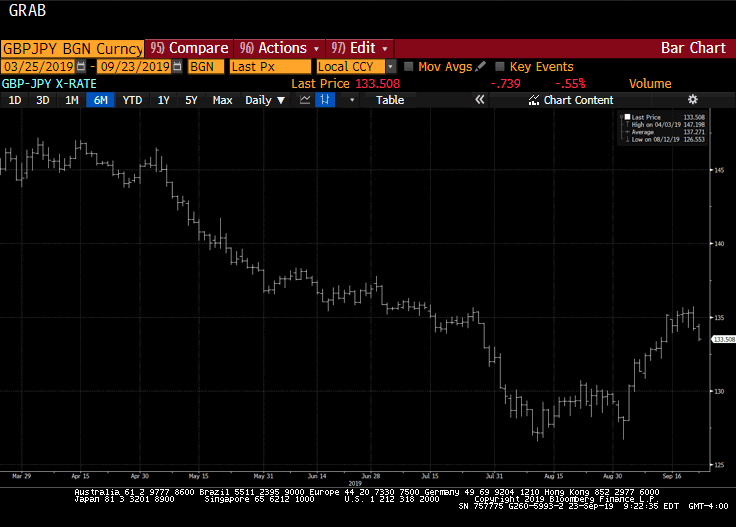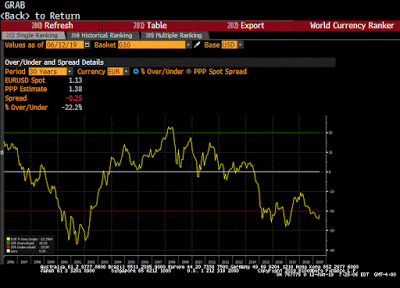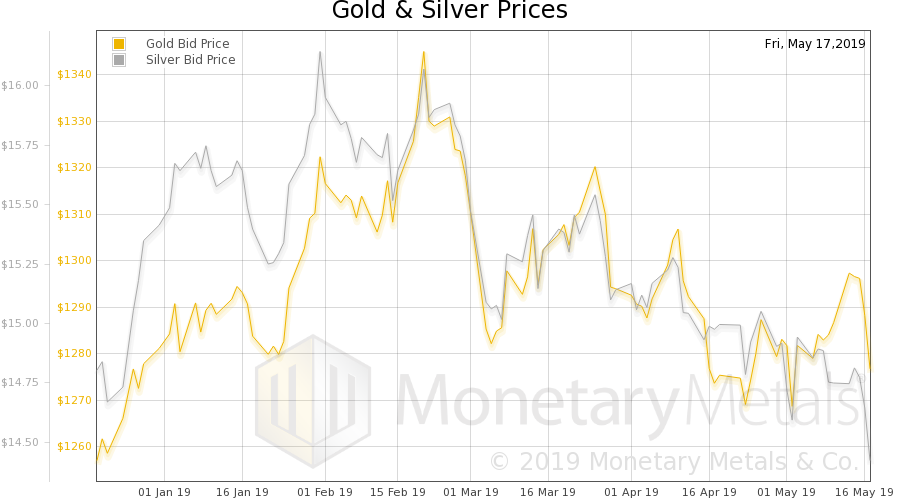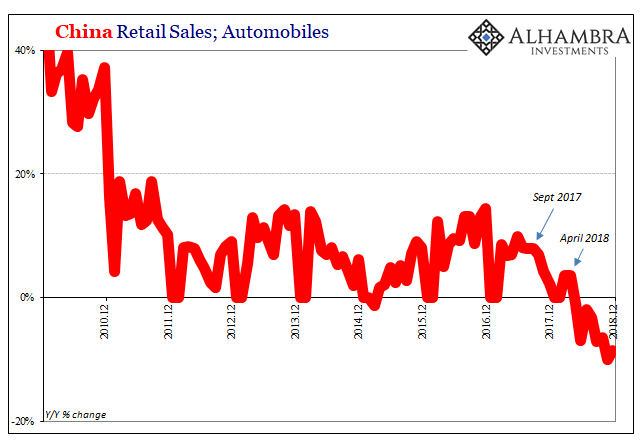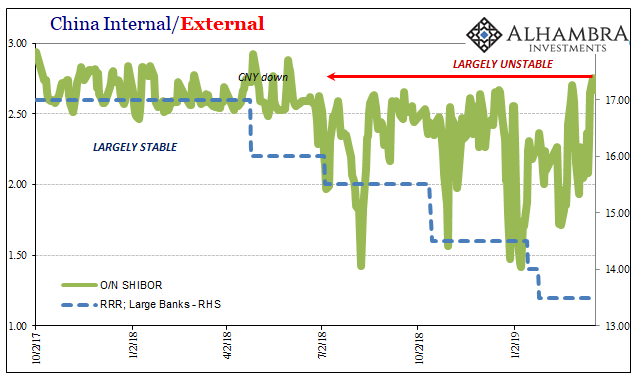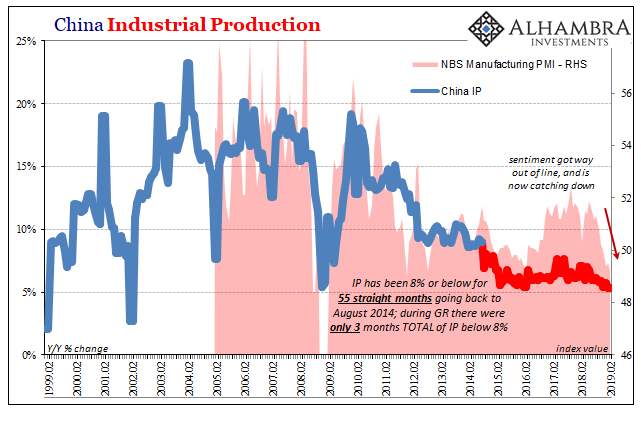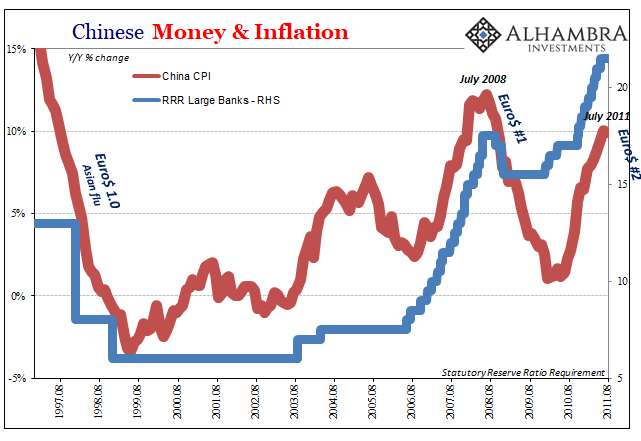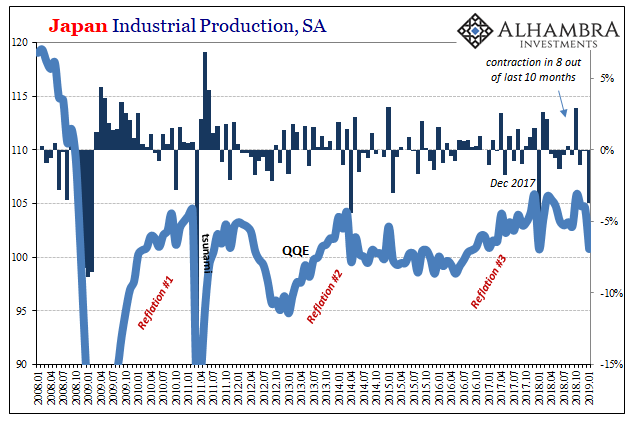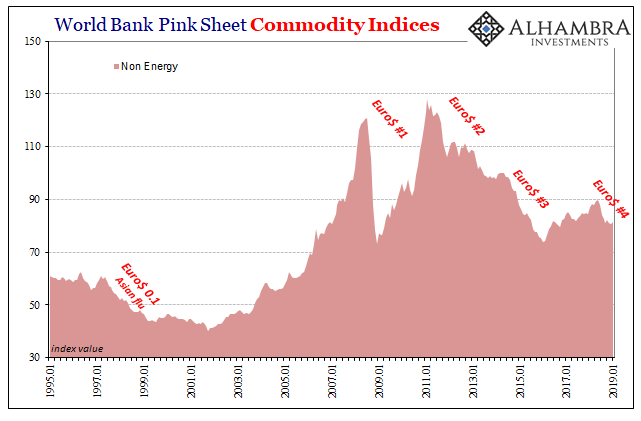Summary
Don’t be fooled, the yuan has fallen more against its basket that against the dollar this year.
It is not clear what China means by stable.
Market forces appear to be moving in the same direction as officials wish.
|
Here are Great Graphics that portray two time series: the dollar-yuan exchange rate and the yuan against a trade-weighted basket.
The first chart comes from a highly reputable consulting firm. It replicates the trade-weighted basket that Chinese officials unveiled and shows how it would have performed in the past.
The first chart makes it appear that the yuan has fallen as much against the dollar as it has against its basket. In fact, as the Bloomberg chart makes clear, this is not the case. In the period that Bloomberg has data (January 8 through July 1), the dollar has risen 1.4% against the yuan, while the yuan has lost nearly 5% against its trade-weighted basket.
If the objective is to make a pretty chart, the one from the consultant wins easily. Yet we know of no objective reason why 40 on the index (CFETS) equates to 670 (CNY/100$). If the purpose is to try to understand what the yuan is doing, the Bloomberg chart is more helpful.
The yuan’s depreciation this year has been smaller against the dollar than against other major and Asian regional currencies. The major currencies but the British pound (-12.3%) and the Swedish krona (-1.0%) have appreciated against the greenback so far this year. In Asia, only the Indian rupee (-1.9%) has fallen against the dollar.
|
|
| The second chart is from Bloomberg. It shows the times series only back to the start of the year. However, the bigger difference is that the second chart indexed the two times series while the first chart shows the two times series with two different scales overlaid to the point that it looks good. | |
The yuan has fallen 7.2%, the euro 19%, Sterling 25%, the Aussie 20% against the dollar since July 2014Since early July 2014, the yuan has fallen 7.2% against the dollar. The euro depreciated by nearly 19% and sterling by almost 25%. The Australian dollar lost a fifth of its value. The yen is the only G10 or Asian currency higher against the dollar over this period (~0.2%). Outside of the Philippine peso that has lost essentially as much as the yuan, the other Asian emerging market currencies have depreciated against the yuan.
In the past ten sessions, beginning on June 23 as the UK went to the polls, the yuan has strengthened only once. Despite wider rate interest rate spreads, carry trade strategies remain out of favor. Last year, Chinese officials imposed a substantial (20%) required reserve for domestic banks selling the yuan for clients in the forward market. This appeared to curtail some activity in the onshore-offshore (CNH-CNY) market. Starting August 15, foreign banks will be subject to the same reserve requirement. The required reserves will be held in a zero interest bearing account for a year.
|
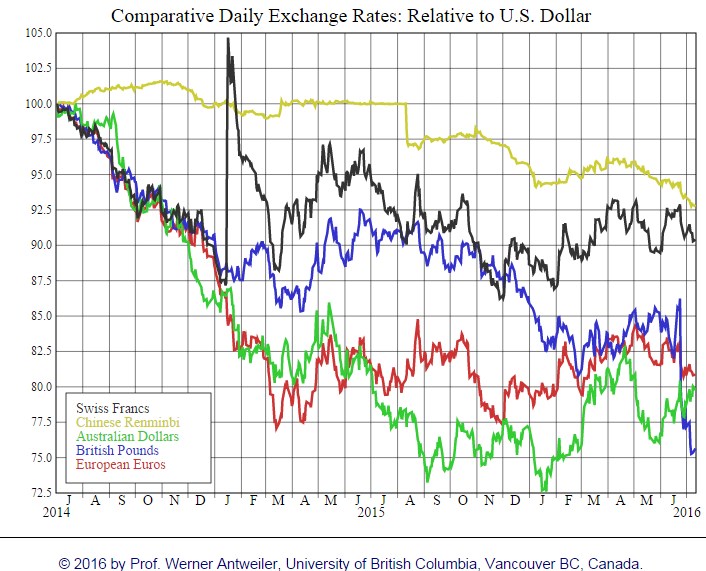 |
Tags: Great Graphic,newslettersent,RMB,yuan









